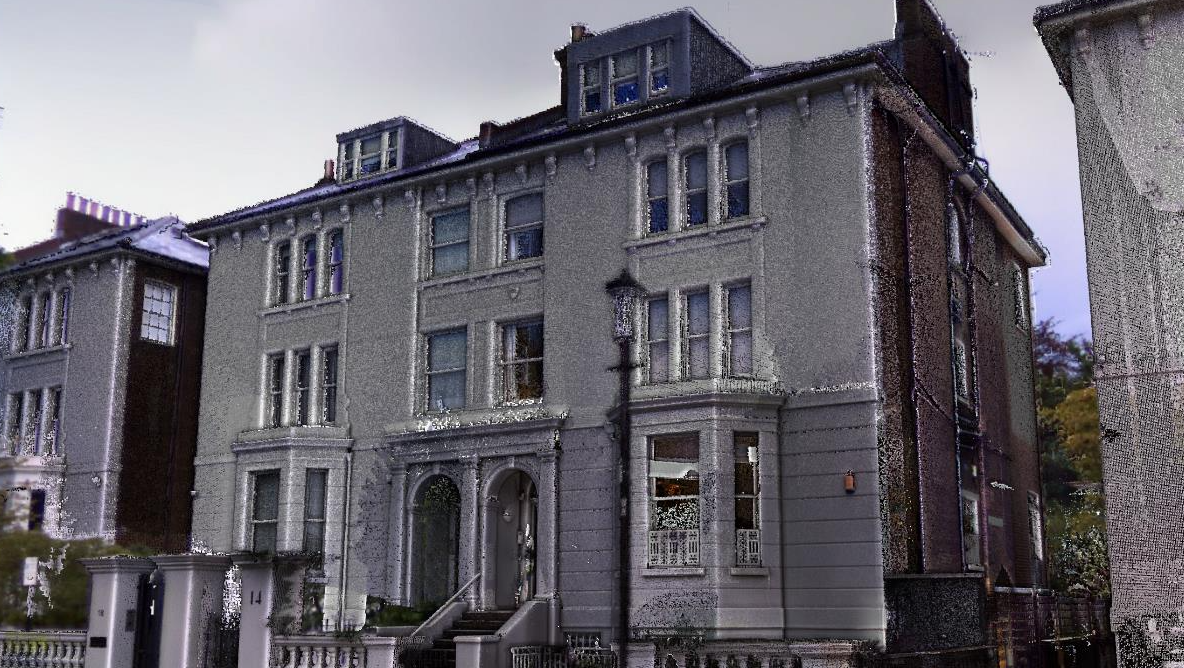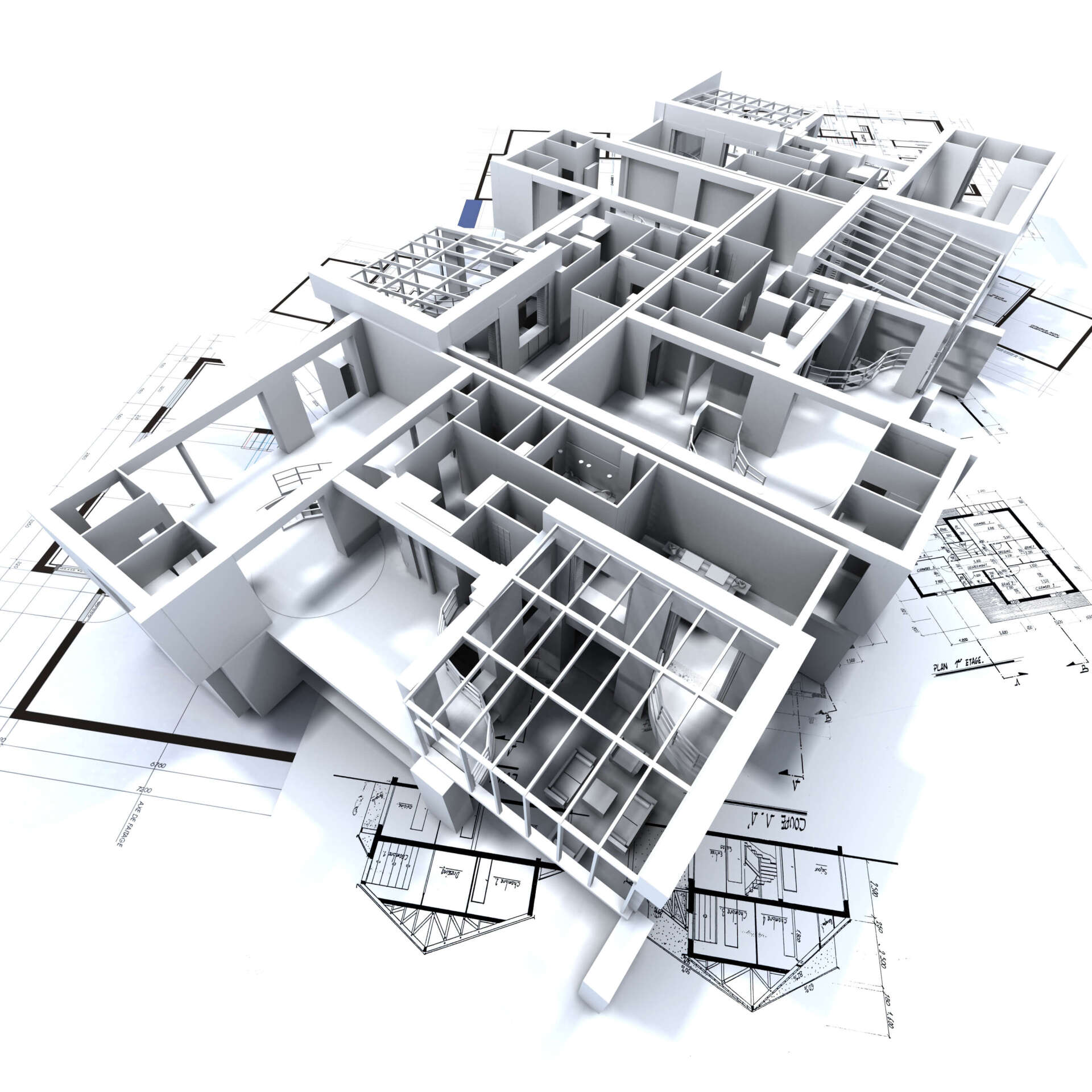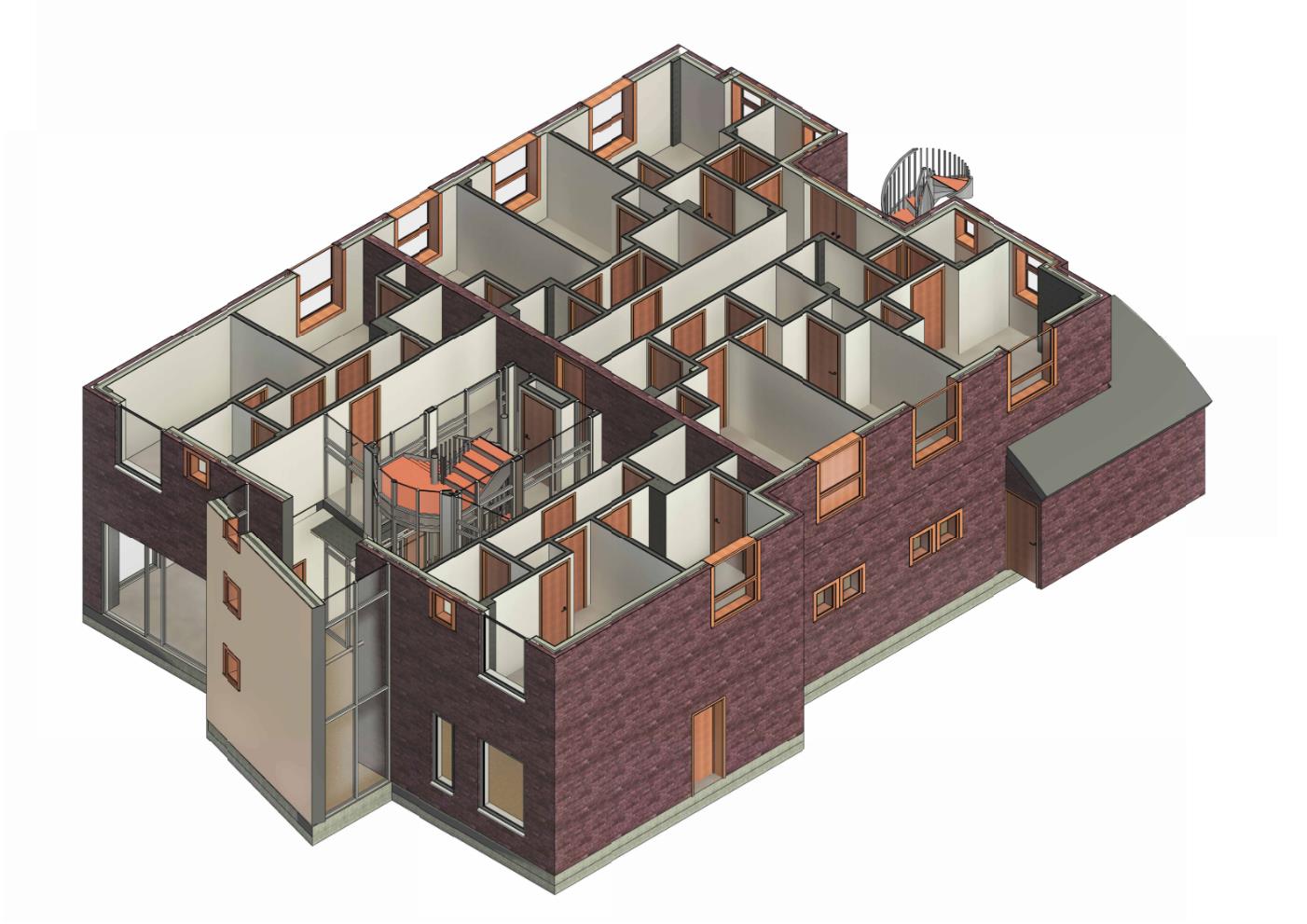Scan-to-Revit
3D models based on As-Built condition
Accurate and accessible Revit modelling
We offer a Scan-to-Revit service. Starting from a 3D laser scanning survey of a physical space we will create an accurate, digital representation of the space in Revit software using a 3D scanned point cloud as a background reference for modelling.
Depending on project requirements we offer the following Level of detail (LOD):
- LOD 100 - Mass Model
- LOD 200 - Basic model
- LOD 300 - Standard Survey Model
BES Team
Our team is made up of experienced construction engineers who have worked on a broad spectrum of projects. We’re based in London, but are available to work on projects across the UK.
3D Laser Scanner
At BES we use the latest technology and software to capture data. This allows us to provide highly accurate surveys for our clients, minimising planning errors.
Professional bespoke service
Our construction experience allows us to provide a bespoke service that’s tailored your project requirements.
Services designed to meet industry demands
3D models based on As-Built condition allows architects, engineers, and construction specialists to design and plan work with confidence
Useful Articles



Bruno Engineering Ltd
33 Connaught Gardens, Morden, London
07557 132 697
info@besurvey.co.uk
© 2022. The content on this website is owned by us and our licensors. Do not copy any content (including images) without our consent. Privacy Policy | Terms and conditions

